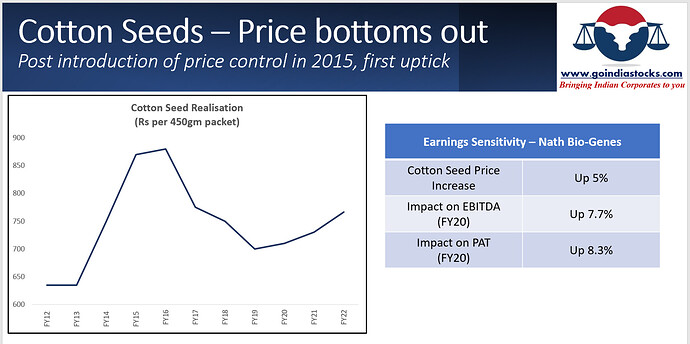I am a novice when it comes to stock investing so please read what follows with that in mind. Seems like some companies on occasion end up eroding shareholder value by doing buyback or dividends wrong.
Good vs Bad Buybacks
Buybacks that are wrong would be tender offer buybacks where they pay 20% or more premium on the market value of the share purportedly to reward the shareholders. Instead buybacks should be like Berkshire’s where they don’t pay above a certain percentage of the book value or intrinsic value.
Buyback Tax doesn’t differentiate between good and bad buybacks
What muddies the water for buybacks in India is the buyback tax. It would have been more effective to make buyback tax applicable only on tender offers instead of open offers. This would allow the companies to repurchase shares in a way that is beneficial to all shareholders rather than self dealing via tender offer routes. Buyback tax discourages both good and bad buybacks. Buyback tax has taken away a good option from the companies to increase shareholder value without self dealing by the management or controlling shareholders.
Here are couple of quotes from the latest annual letter from the sage relevant to buybacks:
We did, though, increase Berkshire’s per-share intrinsic value by both retaining earnings and repurchasing about 5% of our shares.
Those unrecorded retained earnings are usually building value – lots of value – for Berkshire. Investees use the withheld funds to expand their business, make acquisitions, pay off debt and, often, to repurchase their stock (an act that increases our share of their future earnings).
As we pointed out in these pages last year, retained earnings have propelled American business throughout our country’s history. What worked for Carnegie and Rockefeller has, over the years, worked its magic for millions of shareholders as well.
Dividends too can be bad for the investors if they fall in the high income brackets where the taxes are as high as 43%. It would be better for the shareholder if the companies reinvest the earnings instead provided they are able to earn returns at above the return rate that is available to most shareholders or investors in other instruments like FD.
Please also read about dividend irrelevance theory and manufactured dividend concept. Here is a link that touches on both these concepts. I think manufactured dividends is a viable option for small retail investors as capital gains can be booked upto 1 lakh tax free or if the gains are grandfathered under the rule where the gains are only taxable above the bhav copy value as on 31 Jan 2018. Also manufactured dividends will be taxed at capital gains rate of 10% or 15%. This will be more tax efficient than dividends for some retail investors. For me as an individual retail investor, it only matters what happens to my purchasing power years down the line rather than dividends now.
In companies that are able to reinvest earnings at rates better than what an individual investor is capable of investing, dividends will not be as good an option as retained earnings for all investors. However, if companies would end up diworsifying with retained earnings and thus earning lower returns than what an individual shareholder can earn by reinvesting those dividends in other companies or investments then we are better off getting the dividends.
So, ideally we would want to invest in a company that doesn’t give out dividends while reinvesting at better rates of return than an average investor. Also, because of buyback tax, we don’t want companies in India to buyback if the buyback tax plus buyback price is much greater than the intrinsic value of the company being purchased. We want companies that just reinvest earnings and compound for a long period of time as long term investors.




